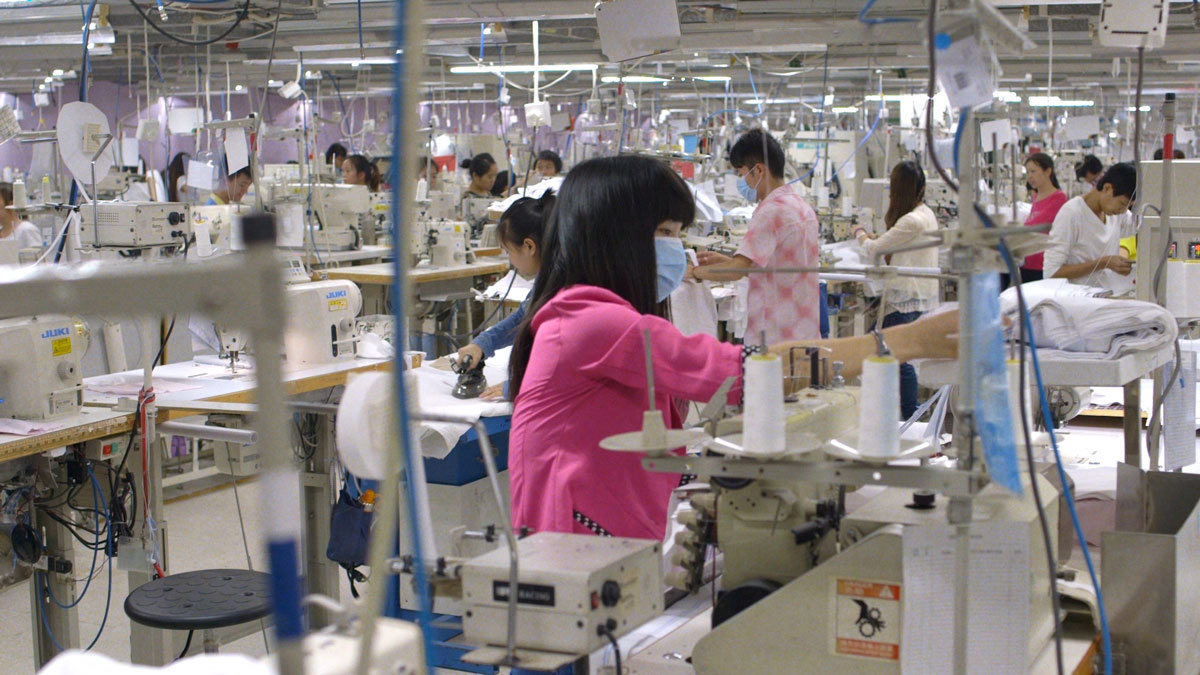Some staggering statistics are revealed in The True Cost, a feature-length investigate documentary by Andrew Morgan, which examines how the fast fashion industry has flown dangerously out of control. What emerges is a picture of the first world buying throwaway clothes with zero sense of the implications for workers in the third world, who are not only underpaid and badly treated, but also pay the price with pollution and climate impact. Fast fashion is draining the innocence from fashion faster than people can grasp how the industry has changed. We caught up with the director as he flew from opening nights in New York and Los Angeles to ask him to help get up to date.
If the fashion industry doesn’t change and peoples shopping habits remain the same, where do you see us in 2050?
We are on a path that fundamentally does not lead to a place we want to go. For the first time ever, we are beginning to see the effects of our actions in the world in real time, and you don’t need to look as far as 2050 to see a very frightening picture. With increasing population and rapidly decreasing natural resources we find ourselves at possibly the most critical intersection in human history. What we choose in the next few years is going to be critical to building a truly sustainable world for future generations.
Consumption by the fashion industry has recently accelerated to a frightening rate, it’s mutating at speeds faster than lessons from mistakes are being learned, could you give an example?
What we are seeing right now is a problematic system on growth steroids. Because of the increasingly disposable nature of these cheap clothes we buy, we are entering a whole new stratosphere of resource use and waste being generated. We are consuming 400% more clothes than we did just two decades ago. More than 80 billion pieces of new clothing in all. H&M is still growing more than 15% annually, with more than one new store opening every day around the world. That is fueling the continued race to the bottom, entering into new areas like Ethiopia where there is even less protection for workers than in places like Bangladesh. What we are seeing is a hugely destructive system – that has caused real harm in places like Bangladesh – now being exported into new areas before we have stopped to address the very real problems.

Could you explain what it means when a fashion brand makes itself answerable to the stock market? And how this can affect behaviour with regards to being able to make meaningful change?
Publicly traded corporations are subject to shareholder interests and those interests are, unsurprisingly, focused on bottom line profit. In the US that is the only factor influencing how these corporations can make decisions. What that has created is a society driven by increasingly powerful companies who are only measuring the bottom line. Not only that, but this profit is measured on a quarterly basis meaning the focus is increasingly on short term gain versus long term sustainability. The challenge of this model is obvious, but the opportunity is that with increasingly clear real time data reflecting the harm this model creates – there is increased hope that we can reinvent or even evolve the current system to reflect the true cost instead of merely profit alone.
Can you explain how you see now as being a very real window of opportunity for the fashion industry? A moment for the fashion industry to re-find its soul?
I love the way you put that. Soul has a lot to do with this. We talk a lot about facts and figures but at the end of the day fashion has the ability to connect us to something deeper. A sense of who we are as people and what we want to stand for. This is about a shift in values, moving our models more into line with values that I believe so many of us truly share. Fashion is one of the most influential industries on the planet, and I believe it could be the industry to stand up and say enough is enough. What we need to do is rediscover what fashion is all about. What we see today is not fashion, it is only the hollow shell of what was once beautiful and has now become hijacked in order to generate massive profit. I believe this can change and anyone who wears clothing can find a way to be a part of this change.
Credits
Text Sarah Hay
